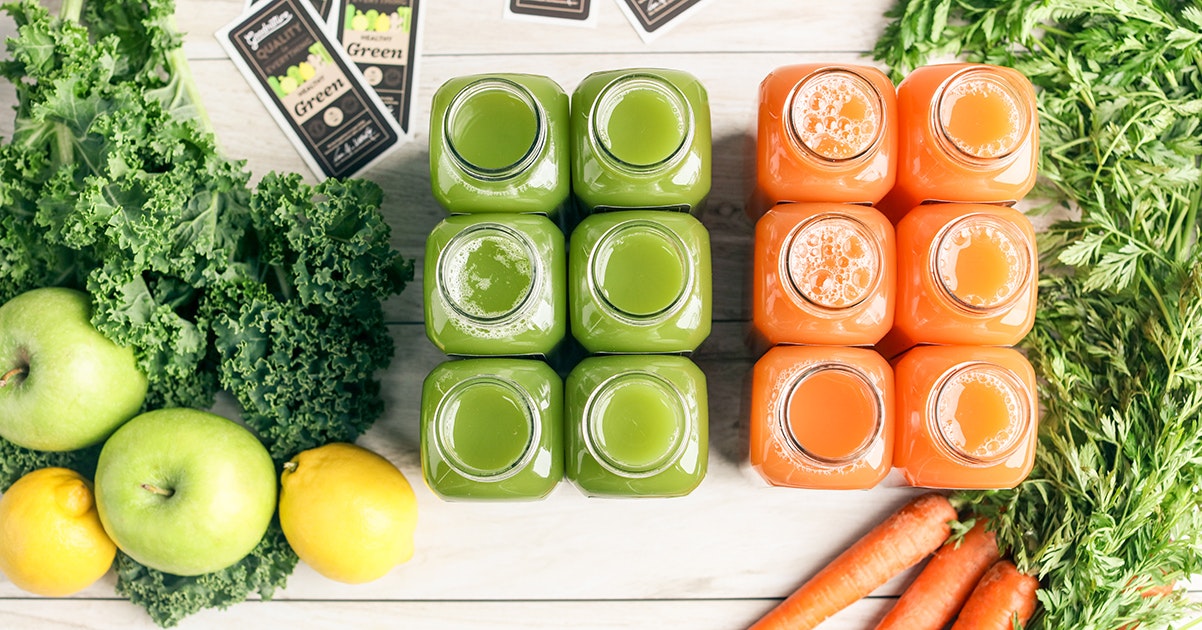
How to Pick a Ripe Pineapple
Pineapples are truly one of the hardest fruits to figure out. Are they ripe? Too ripe? Or not ripe enough? To pick the perfect ripe pineapple, there are a few things you need to look for.
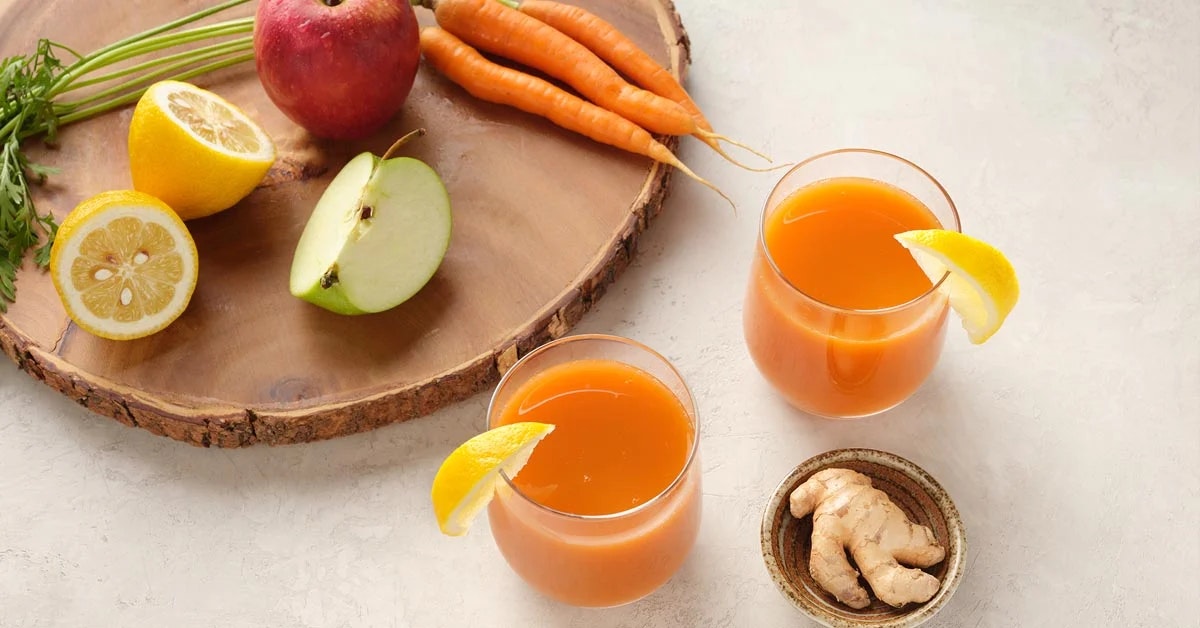
5 Easy Juicer Recipes That Can Help You Lose Weight
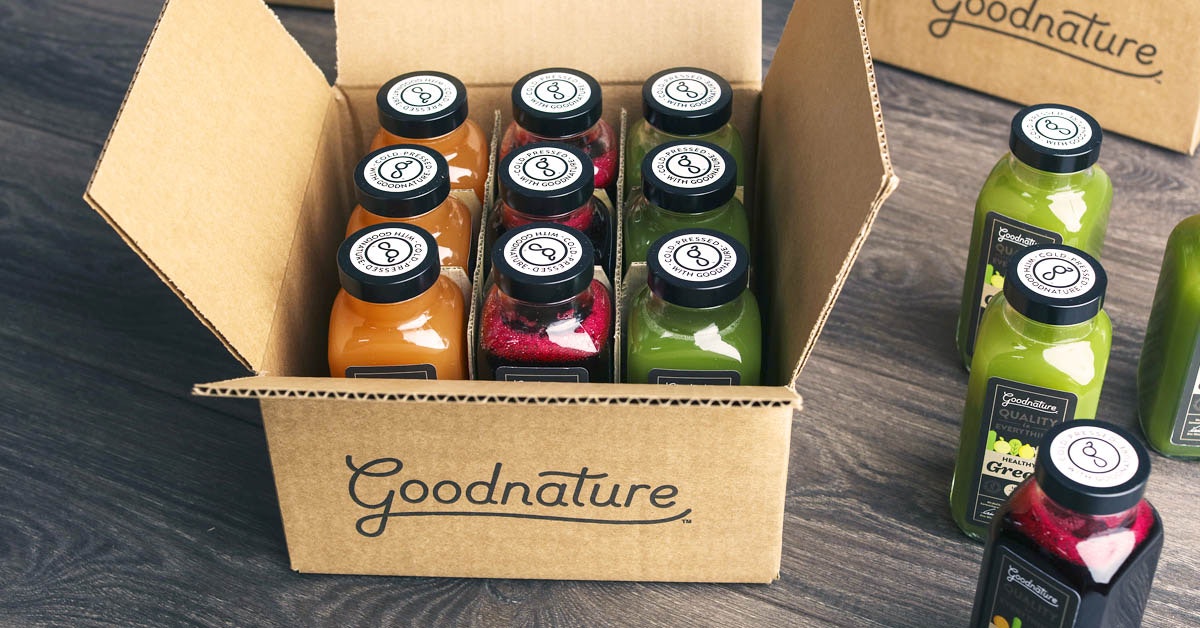
How Juice Companies are Dealing with the Coronavirus Pandemic
We sent out a survey regarding the pandemic to our email list last week and it was completed by over 400 juice businesses. I’ve learned a lot form this data, conversations with entrepreneurs, and the discussion going on at the Goodnature Juicing Facebook Group. I hope that sharing this with you—along with some useful tips—may help your business survive this crazy time and make it out the other side. If you have any other advice for the industry, please comment on this post below or better yet, on the Goodnature Juicing Facebook Group. How the Pandemic Has Affected Juice Businesses It shouldn’t be surprising that most juice bars, restaurants, and other juice companies are reporting a decrease in sales. About 62% report a decrease in sales. 21% report things are about the same. Some juice bars are being forced to shut down by government demand in their local region. The encouraging statistic is that about 17% of juice companies that completed the survey actually report an increase in sales during the pandemic. Out of the business types reporting decreases, restaurants have been hit the worst (80% reporting a decrease in sales) and juice trucks have been hit the least (only 33% reporting a decrease in sales). The business type with greatest number reporting an increase in sales is juice bars – with over 20% reporting an increase in sales. What’s Working Wellness shots / immunity boosters are selling well. Both wholesale brands and retail have reported a spike in shot sales. People are looking to increase their intake of immunity strengthening nutrients. Juice bars are adapting by offering pick up and delivery and finding other creative ways to keep their business going. Uber Eats is waiving their delivery fees for independent restaurants. Some juice bars are offering drive-through orders. Some juice bars have begun shifting to become more like organic markets, offering organic produce, snacks, and other essential items to their customers, which can fill a need when the local grocery stores are out of stock or don’t offer high quality health and wellness products. How to Keep Your Customers Safe It’s important now more than ever to practice good sanitation, and go above and beyond normal operating procedures. Here are some tips: Follow the ServSafe best practices for COVID-19. Use antimicrobial produce wash to clean your fruit and vegetables. This is a very important first step. If you don’t start with clean produce, nothing else matters. Once you’ve cleaned your produce, make sure you’re treating it as if it’s ready-to-eat: handle it with gloves, keep it clean, don’t let it become contaminated. Treat it as if you are serving it right now as food to your customers. When juicing, take extra care not to contaminate the juice. If any staff member is showing symptoms—or has been in contact with anyone with symptoms—keep them away from your business , customers, and other staff members. Make sure you are breaking down and cleaning equipment frequently. The FDA normally recommends every four hours, but do it more frequently to be extra cautious. If you normally do super-deep cleanings of your facilities every week or every month, increase it to every day if you can. Always wear gloves. Wash your hands before putting gloves on. Change gloves often. Now is not the time to cut back on glove costs.

5 Health Benefits of Juicing
Juicing isn’t just a new fad for young adults. Believe it or not, juicing has been around for hundreds of years. This is for good reason, because there are many health benefits of juicing.
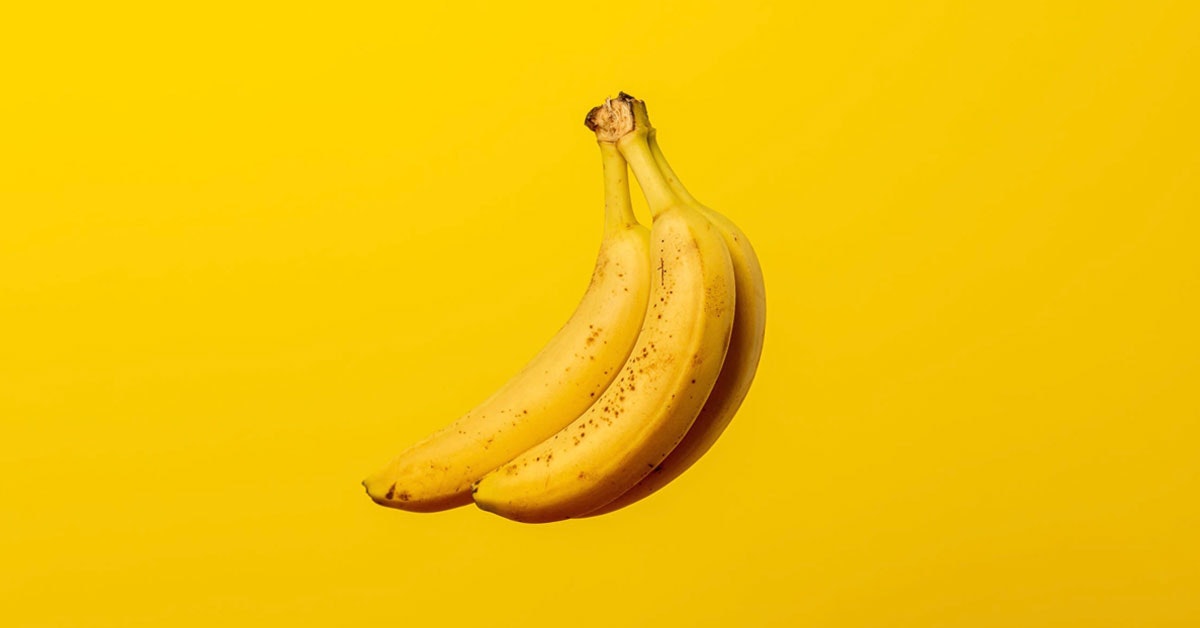
5 Fruits You Can't or Shouldn't Juice (And Alternative Options)
Let’s talk about unjuiceable fruits. With the busy lives that we all live, it is tough to keep track of the fresh fruits and vegetables that we’re consuming on a daily basis. Thankfully, we have the option to create our own fresh juice to ingest the vitamins, minerals, and increased energy our bodies crave. If you’re like us, you love experimenting with different types of produce when juicing, but it’s important to note that you can’t juice everything. Whether you’re new to juicing or just starting your own juice business, this list of fruits you can’t juice will be an asset for you. (You can always blend these ingredients into a puree, which you can then add to your juice for a uniquely tasty flavor and texture. Learn all about adding purees to juice here.) Note: Get this free Juice Recipe eBook to start making delicious recipes at home! Every recipe in the 25 Essential Juice Recipes eBook was crafted by Chef Ari Sexner, a world-class juicing expert who is responsible for every tasty blend on Goodnature. Download it for free right here!

Apple Cider vs Apple Juice: The Unexpected Difference
Almost every kid loves apple juice, but what usually happens when they grow up? They graduate to apple juice’s mature sibling: apple cider. But do you know what differentiates these two delicious beverages? The answer is a lot weirder and confusing than you’d expect. Read on to learn the differences between apple cider and apple juice! And keep scrolling for our chef-made apple cider and apple juice recipes you can DIY at home. Apple Cider vs Apple Juice: The 3 Main Differences Because there is no legal standard for the labeling of apple cider and apple juice, the differences can actually vary by location. Here are the three approaches to apple cider and apple juice labels: 1. The way the drink was processed. Some states specify the differences between apple cider and juice, and businesses must take heed of these differences when crafting their labels. Massachusetts, for example, specifies processing guidelines for apple cider. Cider from such states is likely what most of us think of when we think of apple cider. Namely, a cloudy and very perishable apple drink that you would expect to see at farm stands and farmers markets. This tasty and unfiltered beverage is most readily available when apples are in season. Sometimes this cider is unpasteurized as well, in which case naturally occurring yeasts can cause fermentation. Such unpasteurized cider becomes slightly fizzy and alcoholic with age. Apple juices in these more stringent states has been filtered to remove solids and pasteurized so that it will stay fresh longer. This makes apple juice a lot more shelf-stable, which is why you will often see it in non-refrigerated aisles at the grocery store. 2. Whether or not there’s alcohol. Outside of the United States, the term “cider” is reserved for hard apple ciders. So, if you’re in Ireland for a vacation, avoid ordering your 12-year old a glass of cider. 3. The label itself. There are companies, most notably Martinelli’s, that use the terms “cider” and “juice” interchangeably on the same exact product. That’s right — the difference can sometimes be boiled down to nothing more than a marketing ploy. According to their website, “Martinelli’s apple juice and cider are the same; the only difference is the label…We continue to offer the cider label since some consumers simply prefer the traditional name for apple juice.” Can You Make Your Own (Non-Alcoholic) Apple Cider At Home? The answer is yes, you can make your own apple cider at home! Our custom Apple Cider recipe was created by our Goodnature chef and juicing consultant, Ari. Unlike most apple cider recipes, you won’t need a crock pot, slow cooker, or strainer — just your juicer. The next time you’re on the hunt for apple cider or apple juice, make it yourself! This is an easy and creative way to experiment with different recipes and know what’s going into your beverage. Check out our chef-made apple cider recipe here!
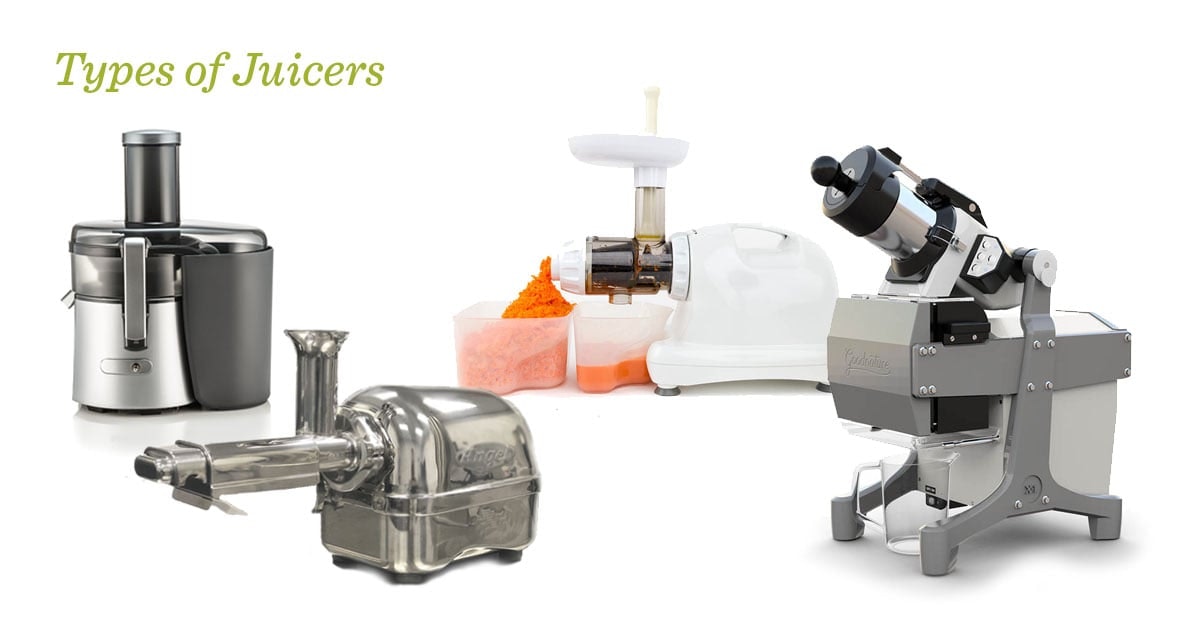
Types of Juicers
Juicing has become one of the hottest trends of the health market these days and there’s a good possibility that you’re looking at buying your own juicer. Deciding that you want to juice is already a great first step. But now you’re probably left wondering what the best type of juicer is. There are so many on the market and they all have different features. So which one is right for you? Before buying a juicer, you’ll want to ask yourself a few questions. How much time are you willing to put into juicing? Will your juice be a quick healthy snack or a health ritual that you’re looking to put your effort into? Is extracting the most juice from your fruits and vegetables and obtaining the highest amount of nutrients important to you? Or does convenience trump all? Once you’ve considered your answer to each question, read on (or watch the video below) to see which juicer fits your needs the best. There are four different major kinds of types of juicers: a centrifugal force juicer, masticating juicer, twin gear juicer, and a juice press. Keep scrolling to see the pros and cons of each type of juicer.
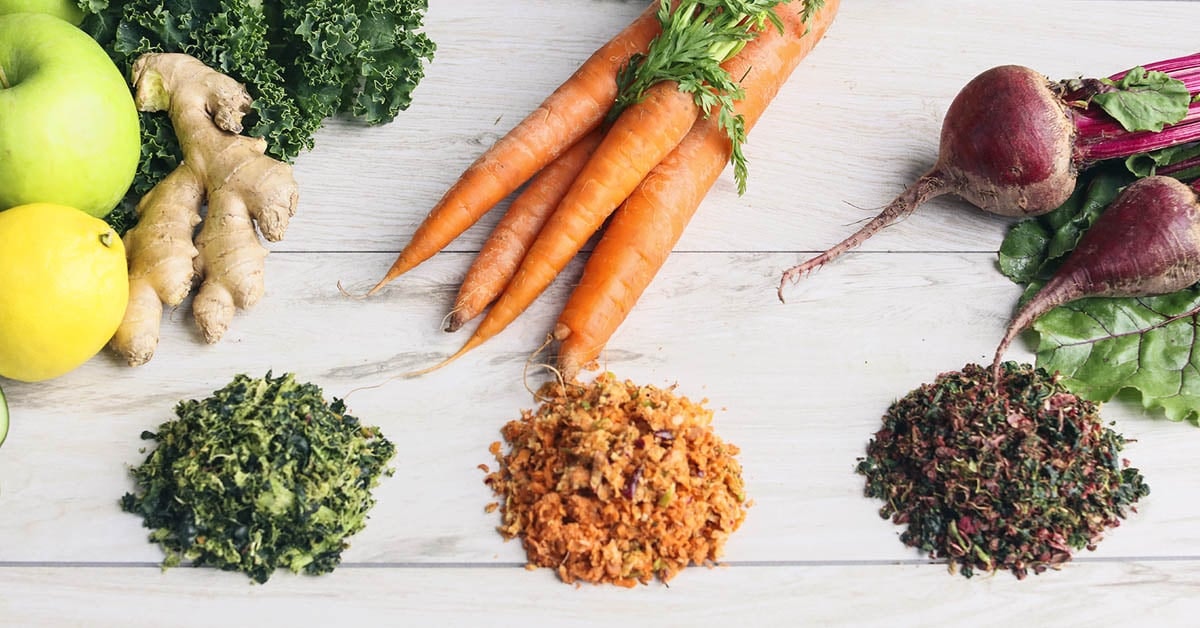
11 Creative Ways to Use Leftover Juice Pulp
If you’re looking for creative ways to recycle your leftover juice pulp, read on. These recipes were created with the help of our amazing Goodnature chef, Ari.
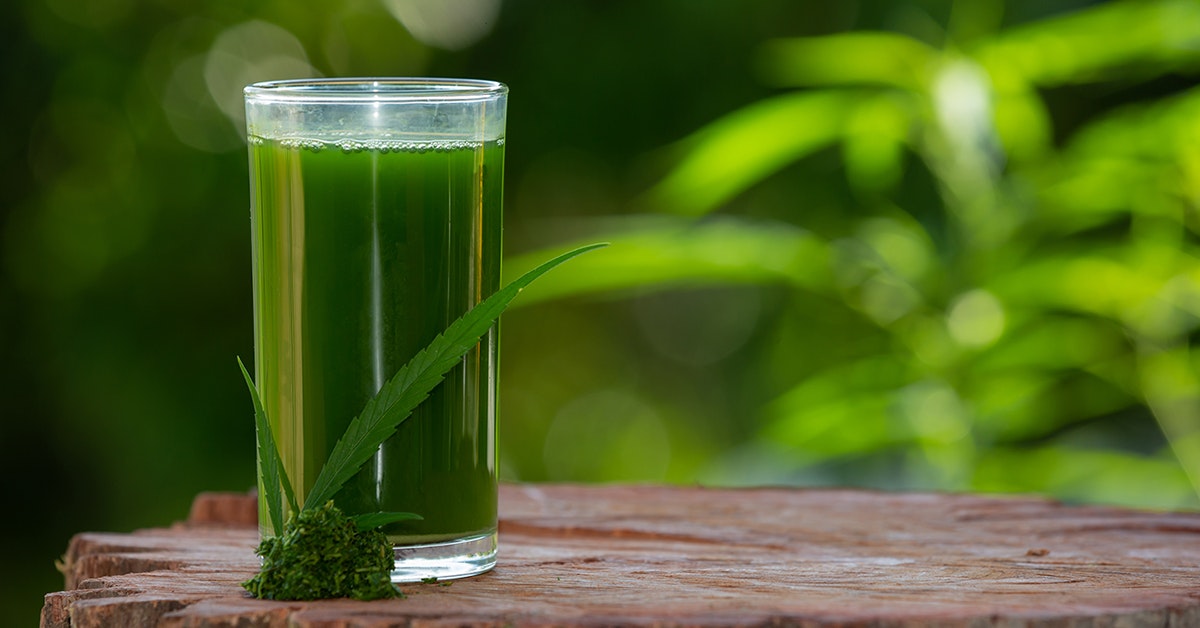
How to Add CBD to Juice and other Beverages
First, it’s important to understand why you want to add CBD to juice. Keep in mind that you cannot make any medical claims about CBD. Then, we will take a look at the step by step instructions for adding CBD to juice.
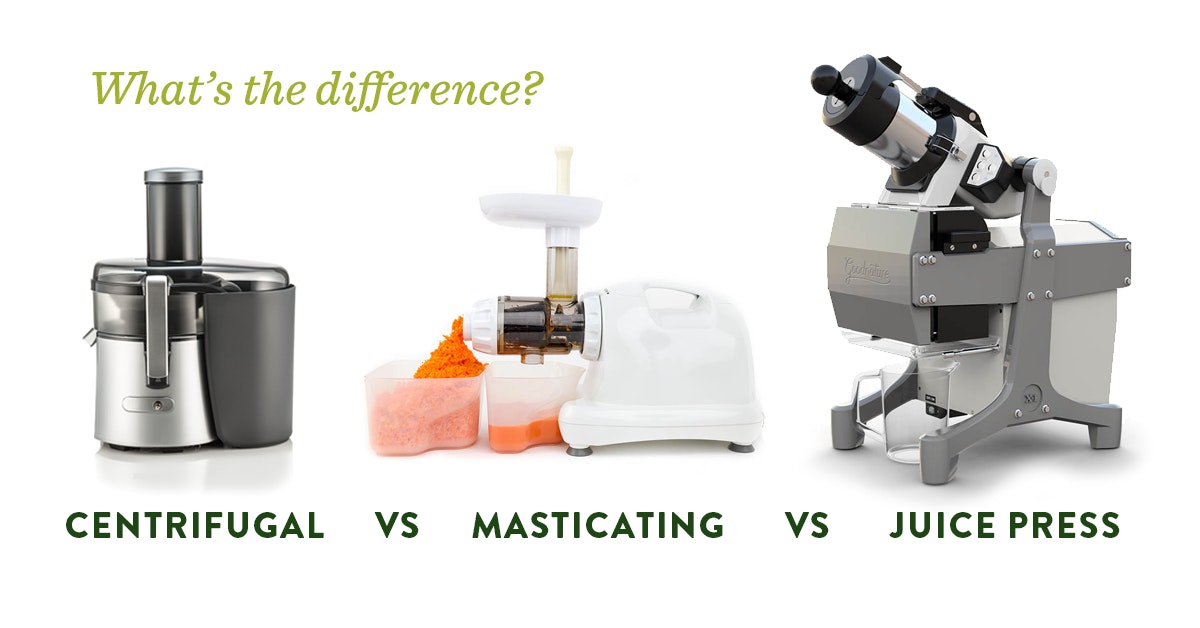
Centrifugal vs Masticating vs Cold Press Juicers
If you’ve been researching different types of juicers, you’ve probably seen the terms “masticating”, “centrifugal”, "slow juicer", and “cold-press”. In this article, we’ll cover the pros and cons of these juicers. By the end, you’ll know exactly which one best fits your needs.
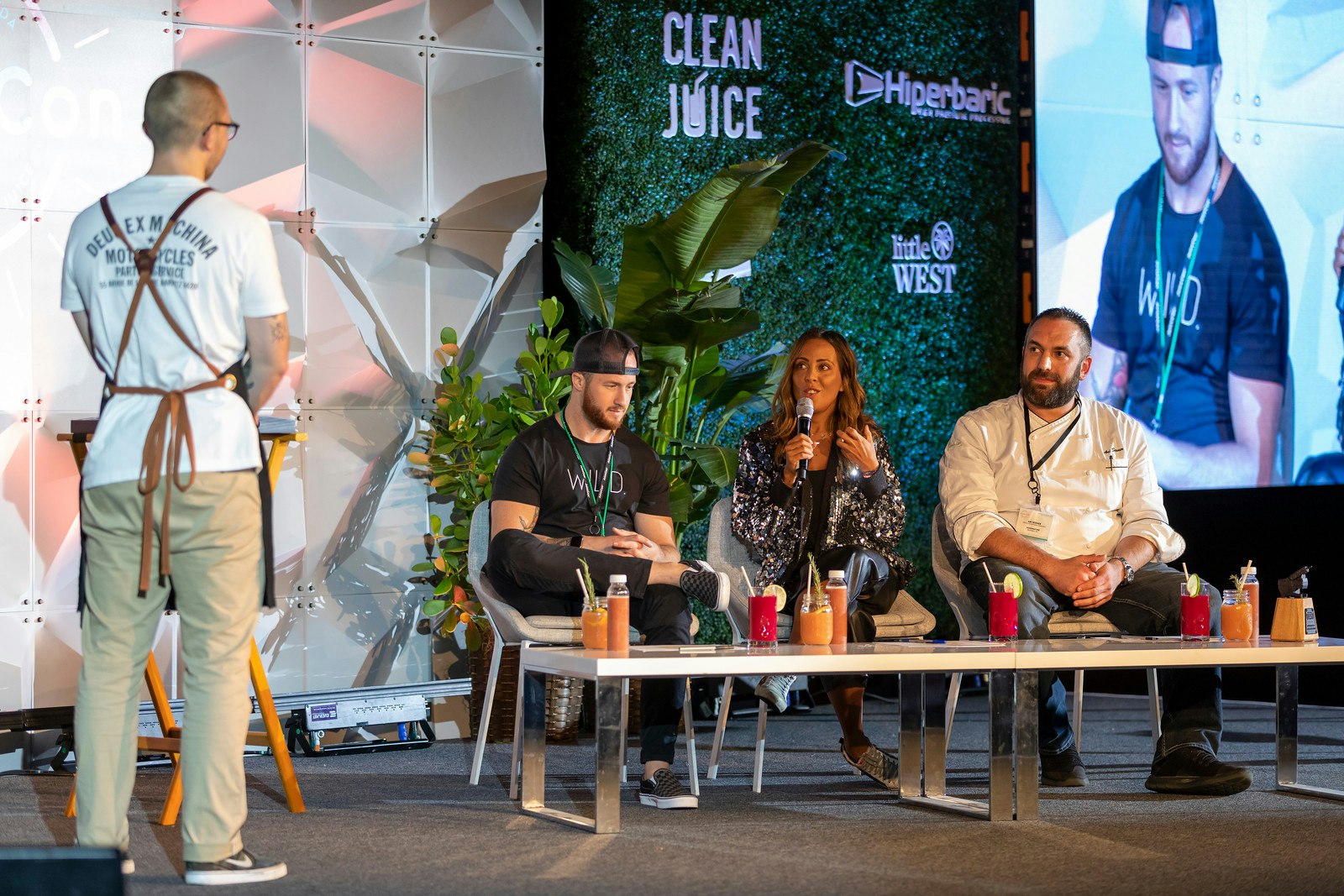
Goodnature World Juicing Championship 2019 – Video and Winning Recipes
At JuiceCon 2019 we launched the premiere of the World Juicing Championship, with six contestants from five countries. Prizes included thousands of dollars in cash, a Goodnature M-1, and the title of World Juicing Champion. Watch all the action below! The Winning Recipes Best Bottled Juice “The Purple Roots” – Valentin Parent, France Red cabbage juice Apple juice Daikon juice Golden beet juice Parsnip juice Best Composed Juice Drink “Corn Latte” – Lucia Cuellar, Mexico Cashew milk Corn juice Orange juice Maple syrup Cinnamon powder Pink Himalayan sea salt Orange peel for garnish Served warm! Best Cocktail (Alcoholic) “The Franklin” – Krystina Tucci, New Jersey, US Bulleit bourbon Butternut squash juice Apple juice Orange juice Cranberry juice Lemon juice Ginger juice Maple syrup
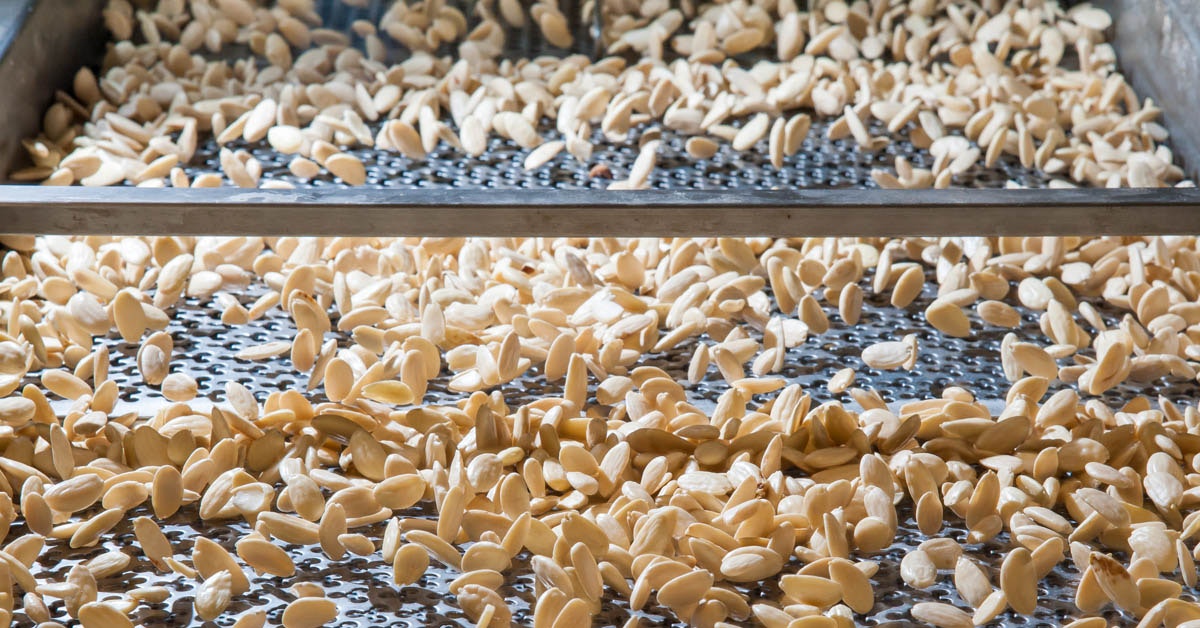
The "Raw Almonds" You're Buying Aren't Actually Raw
I had a really interesting conversation with Brooke Rewa, founder of Goodmylk, and she explained to me something that was shocking to me, and I’m surprised I hadn’t already known: Nearly all the almonds for sale in the US are pasteurized. Even the ones labeled “raw”.
